Flower friends have never watered orchids like this, and you can do so if you learn to do so.
Orchids look good, but it is not easy to raise them well. Some flower friends often ask how to water orchids. In fact, there is no way to water orchids, so we have to rely on our own practice and exploration. There are senior orchid friends who share the secret of watering. They have never been watered to death, and you can also learn it.
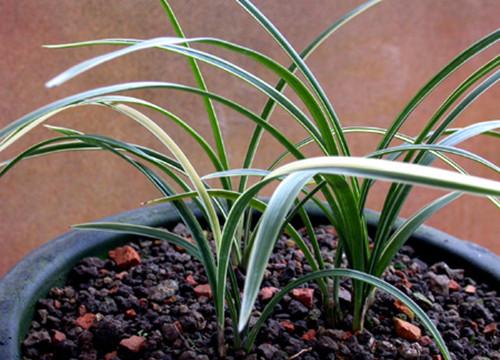
That is according to the dry and wet condition of the orchid pot soil. The orchid root is required to provide sufficient water for photosynthesis and transpiration of orchid leaves. The greater the transpiration, the more water is needed. If the lack of water in the soil cuts off the source of water in the root, the lack of water in the root will be reflected in the leaves and roots, and some subtle signs will appear on the leaves and roots. Therefore, orchid farmers can learn about the water supply of orchids by observing the appearance of leaves and orchids. The specific methods are as follows:
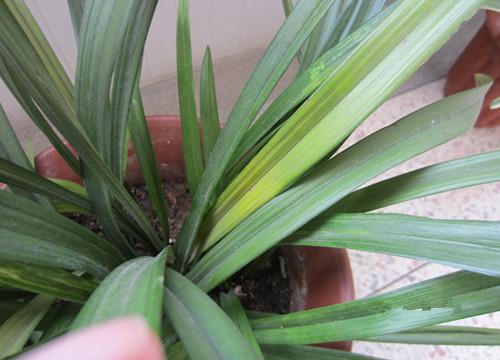
1. Judge according to the appearance of orchid leaves
Whether orchids should be watered or not can be judged according to the appearance of the leaves. The leaves are firm, indicating that the basin soil is moderately dry and wet and do not need watering; the orchid leaves are soft and drooping, indicating mild water shortage, but not watering temporarily; the leaves are physiologically wilting, indicating moderate water shortage, indicating that the basin soil is dry and need to be watered in time; the leaves are dehydrated, indicating that they have been short of water for many days and should not be watered immediately, but spray to the leaf surface every day, and then water thoroughly after 2 or 3 days of relief.
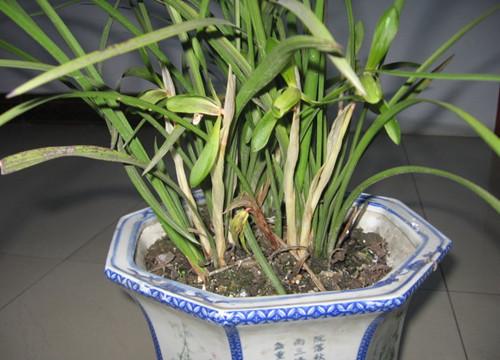
2. Judge by the appearance of the orchid root protruding from the surface of the basin soil.
Whether the potted soil is dry and whether orchids need to be watered can also be judged according to the different appearance of the orchid root protruding from the surface of the potted soil. The root color is fresh and tender but not black, the root bark is white or light gray, touch and pinch the orchid root with a sense of fullness, the root tip is bright and transparent, indicating that the water content of the orchid root is appropriate and does not need watering; the new root is slightly shrunken, indicating that the water has dried and needs to be watered immediately; the blue root is black and watery, indicating that the basin soil is too wet and should not be watered at this time.
This method of moisture measurement is more simple and accurate than other basin soil moisture measurement methods. The practice of flower friends shows that there are few mistakes in using this method of moisture measurement to determine whether orchid seedlings need to be watered or not, and it will not cause the orchid root to be empty because of the lack of water for a long time, and it will not rot because the potted soil is too wet, so if you learn it, you don't have to worry about watering the orchid to death. If you like orchids, collect them quickly!
Search Wechat official account: breeding diary to get more professional knowledge of flower cultivation.
WeChat account: yangzhiriji (long press copy)
- Prev
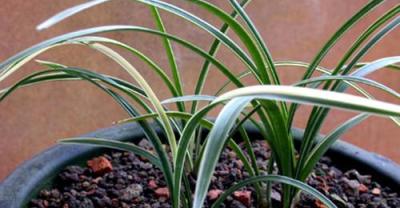
After watering the longevity flowers of orchids with this kind of water, even fertilizing can be saved!
When he walked into a friend's house, he was busy in his "little garden", loosening the soil, watering the flowerpot and lifting the flowerpot without gasping for breath. A friend's home is in Nanyuan Society.
- Next
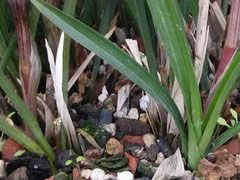
Orchids are several-year-old herbs.
Orchids have always been a necessary flower in many flower friends' homes. Some flower friends want to know that orchids are perennial herbs. The editor consulted some materials and sorted them out for flower friends' reference. In some materials, such as encyclopedia, the description of orchids is only epiphytic or terrestrial herbs, but we can according to the classification of herbs.
Related
- Is the orchid suitable for indoor use? Is it good for the body?
- How to prevent the empty root of orchids?
- What to do after the crab claw orchid is withered?
- Why are the leaves of orchids always yellow? Fertilizing and watering.
- Can the root of the gentleman orchid be saved if it is rotten?
- Diagnosis and treatment of cotton-blowing beetle insects in Cymbidium
- There is a way for a gentleman's orchid to rot.
- What is the most suitable temperature and humidity for the orchid?
- How to raise a gentleman's orchid? Cultivation techniques of Cymbidium
- How to prepare the nutritive soil for the cultivation of Cymbidium

